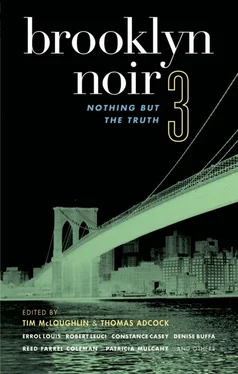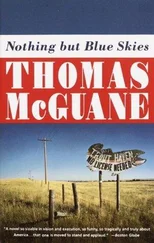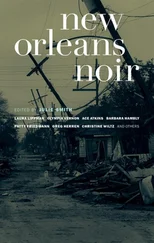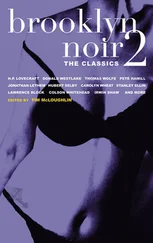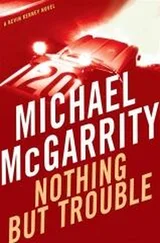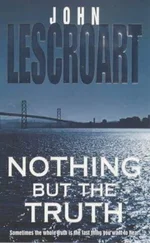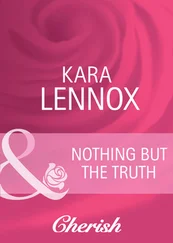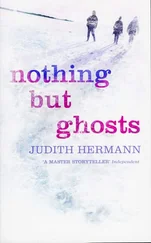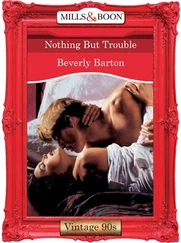To the Times and its readers, the shooting was news. To the teens at Jeff, the only thing new about it was the attention it garnered.
For some time, Thomas Jefferson High School had maintained a student burial fund because so many poor families wound up needing the service. The school had also set aside special grieving rooms where students who had lost friends or relatives could discuss their feelings and receive counseling. According to varying reports, somewhere between thirty and seventy-five Jefferson students had been killed over a five-year period, and a good fifty percent of the surviving students had been wounded in some way.
As more of the story revealed itself through media coverage, the city had to hear what most people probably didn’t care to know: For so many of New York’s children, violence was a part of everyday life, something to be endured with little hope of escaping.
The mayor had responded to previous calls for tighter security with the rotating use of handheld metal detectors; in practice, the detectors traveled to Jefferson once a week. Like many administrators and teachers, the principal, Carol Beck, had mixed feelings about the message metal detectors sent to the students. But in three months’ time, both she and the mayor would come to rue the rotating detector policy when two more Jefferson students were shot and killed at school.
This time, the killing was intentional, a grudge that one youth, fifteen-year-old Khalil Sumpter, held against two others — Tyrone Sinkler, sixteen, and Ian Moore, seventeen. The grudge resulted in Khalil gunning down Tyrone and Ian at point-blank range.
To the boys’ classmates, the shooting didn’t come as much of a surprise. Everyone who knew the boys knew trouble had been brewing among them. And although all three had had skirmishes with the law, no one really thought of them as “bad” kids, just regular guys with a beef.
Only in East New York, beef kills.
In East New York, a kid with a beef acted on it or faced the humiliation of his peers, which could mean he, himself, could be made a victim. Minor disputes, in that way, became matters of life and death.
Thomas Jefferson High School, though a beacon of hope early in the twentieth century for ambitious neighborhood immigrants, was clearly on the skids in the 1990s.
Early in 1992, on the very day of the murders of Ian Moore and Tyrone Sinkler, Mayor Dinkins came to Thomas Jefferson High to speak to the students, urging them to resist drugs and violence.
The mayor’s testimony addressed the day’s tragedy and touched upon his own personal history. David Norman Dinkins, the city’s first African American mayor, was raised by a mother separated from her husband, along with his grandmother. Both women were domestic workers. Young David refused to allow poverty and disadvantage to curb his determination to succeed.
The mayor’s visit and poignant memoir were meant to inspire hope in the desolate little strip of Brooklyn called East New York.
At least he tried.
Darryl Sharpe’s funeral was notable for who did not attend — neither the mayor nor anyone from his office; likewise, nobody from the police department or any other department of the city. During the service, the reverend called out for representatives of these institutions. He was answered each time with silence.
But Ian Moore’s funeral made up for the neglect. More than a thousand mourners, including Mayor Dinkins and a flock of other city officials, attended. The service was as much about mourning Ian Moore as it was a community that allowed such tragedy to occur.
When the mayor rose to say that Ian had “gone home to God,” the Reverend Johnny Ray Youngblood angrily responded, “What’s he going to tell God about us when he gets there?”
It was a service of soul-searching, anger, and sadness over the resigned acceptance of tragedy by the people of East New York.
The ensuing months saw antiviolence campaigns that included the mayor, the Reverend Jesse Jackson, and even Bill Cosby — all of them invoking Martin Luther King, Jr.’s message of nonviolence. At great expense, permanent metal detectors were installed by a side entrance of Jeff, complementing the one by the main lobby where stood the polished statue of the third president of the United States.
A number of students responded with something rare in East New York, something approaching optimism. But in the habit of people who have been ignored too long, most shook their heads and said, Nothin’s really gonna change . It was too much to believe that a few marches and visits from celebrities could alter poverty, drugs, and violence.
Maria Newman’s career as a journalist had taken her to several landmarks of poverty and violence — Los Angeles, Nicaragua, Cuba. But what she encountered in New York was more chilling, for the indifference with which it was met.
“Where was the outrage? That’s what I wondered over and over again when stories took me to places like Thomas Jefferson High School, where kids were killing other kids,” she said. “Where was the outrage?”
In 1993, Newman became a mother, at which point, she said, “I couldn’t look at stories like this.”
That was the year that the crime rate in New York hit an all-time high, with East New York at the top of the chart.
Then, suddenly and inexplicably, crime fell. The number of homicides in East New York dropped from 126 in ’93 to 44 by ’95. In an article for the New Yorker , Malcolm Gladwell, author of The Tipping Point , identified an “epidemic theory” behind the statistical turnabout.
Criminal justice players, including the lawyer Michael Shapiro, credited Mayor Rudolph Guiliani’s crackdown on quality-of-life crimes and, in particular, “community policing,” in which police officers go out of their way to learn the particular needs of civilians on their beats.
Perhaps it had simply happened because the shootings were able to shine a spotlight on the culture of violence among the teens in East New York. Reverend Youngblood told researchers, “Maybe God allowed the violence to get out of hand so that we would finally pay attention to violence and young people.”
In the immediate aftermath of the shootings, attention was indeed paid. In addition to metal detectors, the school established student retreats and antiviolence programs, which included posters that carried the images of a gun next to a coffin. But the change that would have the most widespread, lasting impact would be the decision by the schools chancellor to cut up large, impersonal high schools into smaller minischools focused on a theme, such as legal studies, civil rights, or fire safety.
And so it came to pass that in 2004, Thomas Jefferson High School, which had been placed on a list of seven lowperforming schools in Brooklyn, announced that it would accept no more freshmen, and instead opened its doors to four new schools that would be housed within its campus. The last of the “Jeffheads” graduated in June 2007, after a school year marked by little fanfare and no incident.
The public attention on Jeff died down along with the plunging neighborhood crime rate, and the area has shown some signs of revitalization, such as new apartment complexes and a shopping center. But a reduction in crime statistics doesn’t necessarily change the reality of poverty for those who continue to live it. For the kids who are too young to remember Jason Bentley, Khalil Sumpter, and the day the mayor came to speak, hope still seems illusive.
There are stories, less dramatic but nonetheless poignant, that don’t make the news.
Theresa Reel, a high school teacher who’d moved up to the city from Mississippi, recalled how one of her students, a quiet sixteen-year-old boy who’d never caused trouble, stood up one morning and began a noisy tirade on the hopelessness of school and life. After the boy was removed from her classroom, she learned that he was upset because his baby cousin had died only the night before of SIDS — Sudden Infant Death Syndrome. When the new teacher expressed her shock and sorrow at what had happened to the boy, the other kids in the class shrugged and told her, This is East New York, didn’t you know?
Читать дальше
